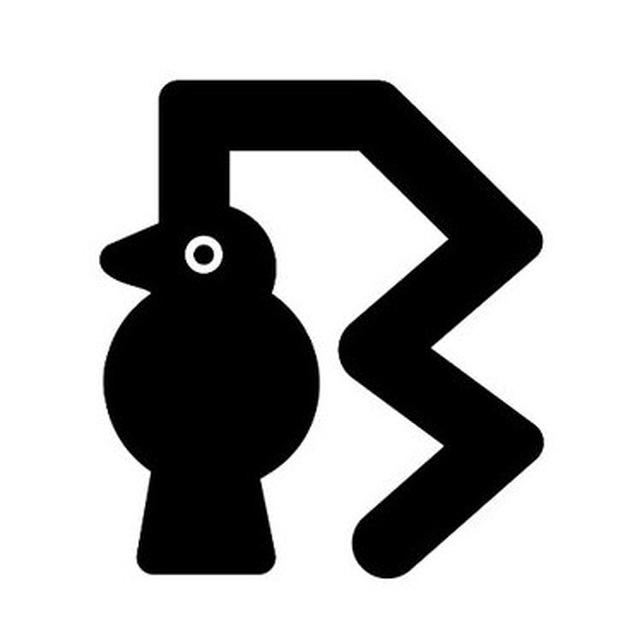What you see is more simplified.
This article shows you the rigid lines of code behind smooth lines you write in elixir.
As we know, the most of the Elixir programming language is written in Elixir itself with the power of Macros and also we all know why we love to code in Elixir because of its simplicity. But, today we are going to walk back to find the light in the dark.
I just want you to observe the following line of code for a while
if 1+2==3, do: :this, else: :that

Here, I am not gonna ask you what this results to. But, I am asking you how this gonna transform eventually.
Let’s observe the transformations.

As we know the elixir allows the function call with out () . This is why the function calling is simple. But, I recommend to use () which is more understandable of what is going on.

If you observe above line, we have couple of , .

This is more likely if is taking three parameters 1+2==3 , do: :this and else: :that but, in real it is taking two.

The last two parameters do: :this and else: :that are together called a KeyWord List .
If you don’t know what a keyWord List is, It is likely a list where its list elements should be tuples of two elements where first element should be an atom .
In one sentence, keyword list is a list of tuples where tuple size should be two (2) and first element in a tuple is an atom . In real it is list of key-value pairs where key is an atom and value can be any .
Consider the following example
iex> list = [{:a, 1}, {:b, 2}]
[a: 1, b: 2]
iex> list == [a: 1, b: 2]
true
Here [{:a, 1}, {:b, 2}] == [a: 1, b: 2] . Enough with keyword lists .
Let’s jump back to our line of code
if 1+2==3, do: :this, else: :that
If the last parameter to pass is a KeyWord List , we no need to wrap elements inside the [] square brackets likely we do in general.
hello("medium", user_name: "blackode", lang: "elixir")
is same as
hello("medium", [user_name: "blackode", lang: "elixir"])
Here, both are considered as valid.
So, the line of code is transformed from
if 1+2==3, [do: :this, else: :that]
to
if( 1+2==3, [do: :this, else: :that] )

Now, observe the first parameter 1+2 == 3 which is (1+2)==3 .


Here, before resolving == we have to add (1+2) .
The (1+2) is more likely a function with two parameters. It is an infix
notation and + is called an infix
operator.
It is a different way of doing certain functions where the function_name is in the middle. The left and right values are passed as first and second parameters respectively to the function.
So, the traditional syntax of representing (1+2) is +(1,2) .

Similarly we break down the another infix operator == as ==(+(1,2), 3) just like we did for + nothing more fancy here.
Well, so far we have break down the +(1,2)==3 to ==(+(1,2), 3) .

Here, we cannot use the infix operators with out its module name where they are defined. All the operators are defined inside the module called Kernel . This is the default module in elixir.
So, again we break down ==(+(1,2), 3) to Kernel.==(Kernel.+(1,2), 3)

Now, the line is transformed to as following
if(Kernel.==(Kernel.+(1,2), 3), [do: :this, else: :that])
We all know that if is a macro which is more likely represented Kernel.if
So, putting all together and breaking down the infix functions, the line again is transformed into
Kernel.if( Kernel.==(Kernel.+(1,2), 3), [do: :this, else: :that ] )

The best part is, the elixir compiler will take care of all these transformations.
We no need to write all the stuff like above.
Hope you got some idea about hotness behind the cool syntax. For deeper understanding, read more about the MACROS.
Check out the GitHub repository on Killer Elixir Tips
 Glad if you can contribute with a ★
Glad if you can contribute with a ★
🎉 Happy Coding :)





